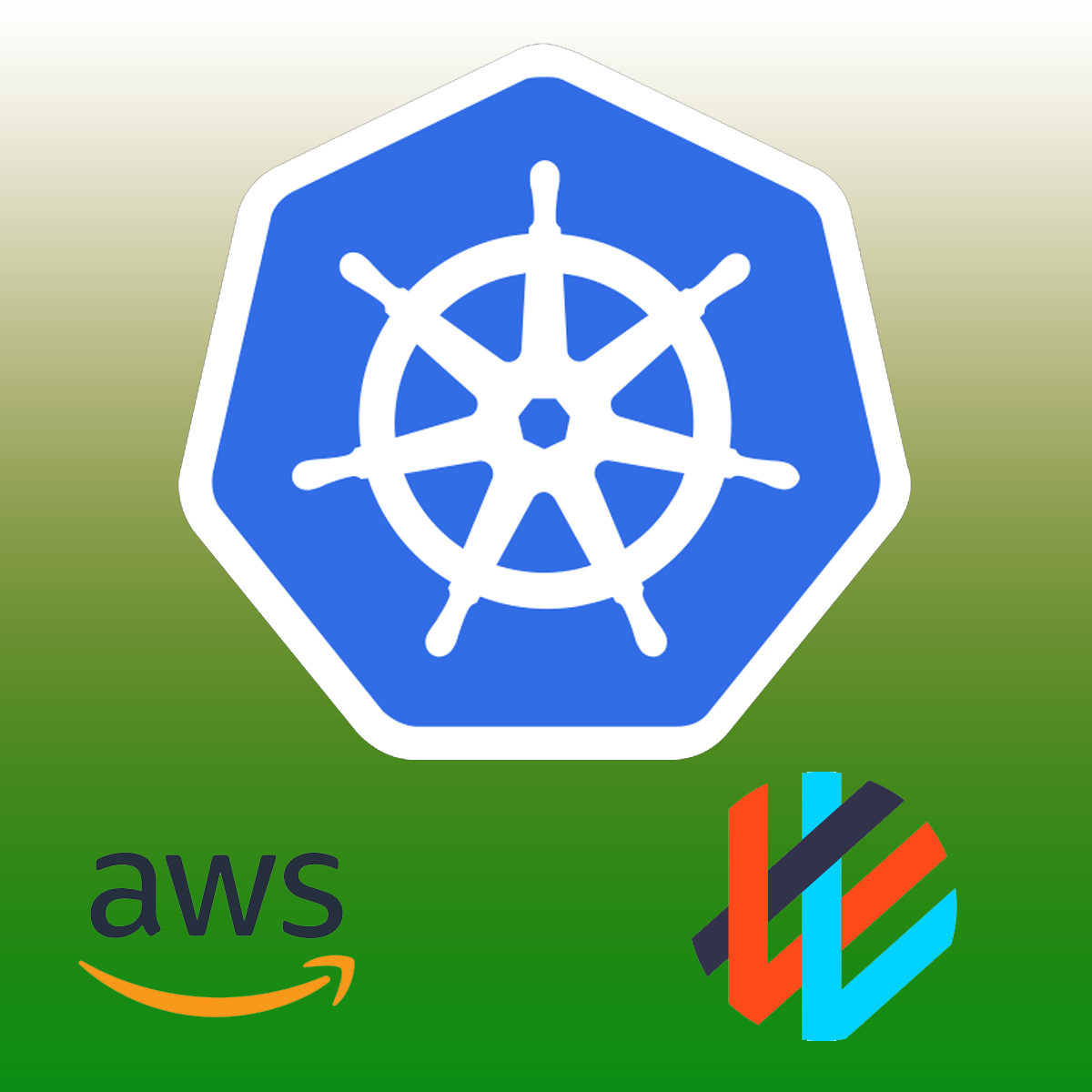Back to Courses









Information Technology Courses - Page 90
Showing results 891-900 of 1471

Creating a Budget in Libre Calc
By the end of this project, you will be able to build a basic budget using Libre Calc. Using a template, you will learn to add, delete, edit, and format a budget to meet your personal or professional goals. You will be able to share the budget, format charts, use conditional formatting, and create a graph. You will also be able to export the Libre Calc budget as a PDF, Excel file, or image in order to share with others.
Note: This course works best for learners who are based in the North American region. We’re currently working on providing the same experience in other regions.

Deploy an App in AWS Elastic Kubernetes Cluster using EKSCTL
In this two hours project, you will learn how to use the eksctl command line tool to create an AWS Elastic Kubernetes Service and to deploy a Web Application in a high availability environment, using the power of containers and Kubernetes in a real-world use case.
Once you're done with this project, you will be able to clone a project, create a docker container image and deploy this container like a Kubernetes POD using the Elastic Kubernetes Services with just a few steps.

Orchestrating Data Movement with Azure Data Factory
Welcome to this guided project about “Orchestrating Data Movement with Azure Data Factory”. This project is for people who are interested in using Azure Data Factory. You don’t need to have any experience with Azure Data Factory, but you should be familiar with a basic concept of data extraction, transformation, and loading.
By the end of this project, you will learn the following:
● How to set up Azure Data Factory
● How to ingest data using the Copy Activity
● How to transform data with the Data Flow

Introduction To Java Database Connectivity - JDBC
In this 1.5 hours long project-based course, you will (learn JDBC core components , Create java apps with back-end database).
JDBC plays a major role in today's software development industries hence we will learn core components of JDBC and will connect java apps into a back-end database (MySQL) to store and retrieve our information permanently.
Note: This course works best for learners who are based in the North America region. We’re currently working on providing the same experience in other regions.

Implement Polyglot Persistence Using SQL and NoSQL Databases
Have you ever wondered what happens to the registration details after you click on the submit button or to the order details once you press the confirm order button when you try to access any website? From where do you think, the details of the product catalogue are fetched to be displayed on the browser?
All dynamic or interactive applications should be able to store the details provided by the user and retrieve them when requested. Most websites require a database. This course will take you through the process of creating, retrieving, updating, and deleting data using SQL and NoSQL databases. It also challenges you with hands-on practices that enable you to perform database operations using shell commands and GUI tools.

Implement a Docker Registry
If you need more control over the location and distribution of your Docker images, you should consider hosting your own registry locally using Docker Registry.
In this project, you will run and manage a local Docker Registry using the Command Line Interface (CLI). You will also reflect on situations when using a Docker Registry on a local machine might have advantages over hosting Docker images on Cloud-based platforms such as Docker Hub. Finally, you will review why registry security is an important factor, especially for production deployments.
By hosting your own registry, you can have full control over the administration of your host machine. Because Docker Registry is an image at Docker Hub, it’s easy to use in a container that you run on your own host.

APIs Explorer: Cloud SQL
This is a self-paced lab that takes place in the Google Cloud console. In this lab, you will get hands-on practice with the Cloud SQL API and its associated methods by making calls through the APIs Explorer tool.

Data Analysis with R Programming
This course is the seventh course in the Google Data Analytics Certificate. These courses will equip you with the skills needed to apply to introductory-level data analyst jobs. In this course, you’ll learn about the programming language known as R. You’ll find out how to use RStudio, the environment that allows you to work with R. This course will also cover the software applications and tools that are unique to R, such as R packages. You’ll discover how R lets you clean, organize, analyze, visualize, and report data in new and more powerful ways. Current Google data analysts will continue to instruct and provide you with hands-on ways to accomplish common data analyst tasks with the best tools and resources.
Learners who complete this certificate program will be equipped to apply for introductory-level jobs as data analysts. No previous experience is necessary.
By the end of this course, you will:
- Examine the benefits of using the R programming language.
- Discover how to use RStudio to apply R to your analysis.
- Explore the fundamental concepts associated with programming in R.
- Explore the contents and components of R packages including the Tidyverse package.
- Gain an understanding of dataframes and their use in R.
- Discover the options for generating visualizations in R.
- Learn about R Markdown for documenting R programming.

Network Defense Essentials (NDE)
Network Defense Essentials covers the fundamental concepts of information security and network defense. This introductory cybersecurity course is designed for today's entry-level information security or cybersecurity careers and is ideal for learners aspiring to pursue a career in cybersecurity.
The course gives a holistic overview of the key components of Information Security such as Identification, Authentication and Authorization, Virtualization and Cloud Computing, Wireless Networks, Mobile and IoT Devices, and Data Security. The interactive labs component of this course ensures that learners receive the hands-on, practical experience required for a future in cybersecurity.
NDE-certified learners have an assured means of formal recognition to add to their resumes and show off their expertise and skills to prospective employers. The purpose of the NDE certification is to recognize the competency and expertise of a professional in network defense and information security skills, thereby adding value to their workplace and employer.

Introduction to Ansible: The Fundamentals
Welcome to "Introduction to Ansible: The Fundamentals".
In this guided project you will learn how to implement infrastructure as a code practice using Ansible, a configuration management tool. The task-based approach that we follow in our guided project will get you a better understanding of Ansible that comes very handy while working on your real-life project. . Most importantly you will leave this course with more confidence that will get you to work in Ansible more efficiently.
Good luck as you get started, and I hope you enjoy the course!
Happy learning !!!!!
Popular Internships and Jobs by Categories
Browse
© 2024 BoostGrad | All rights reserved


